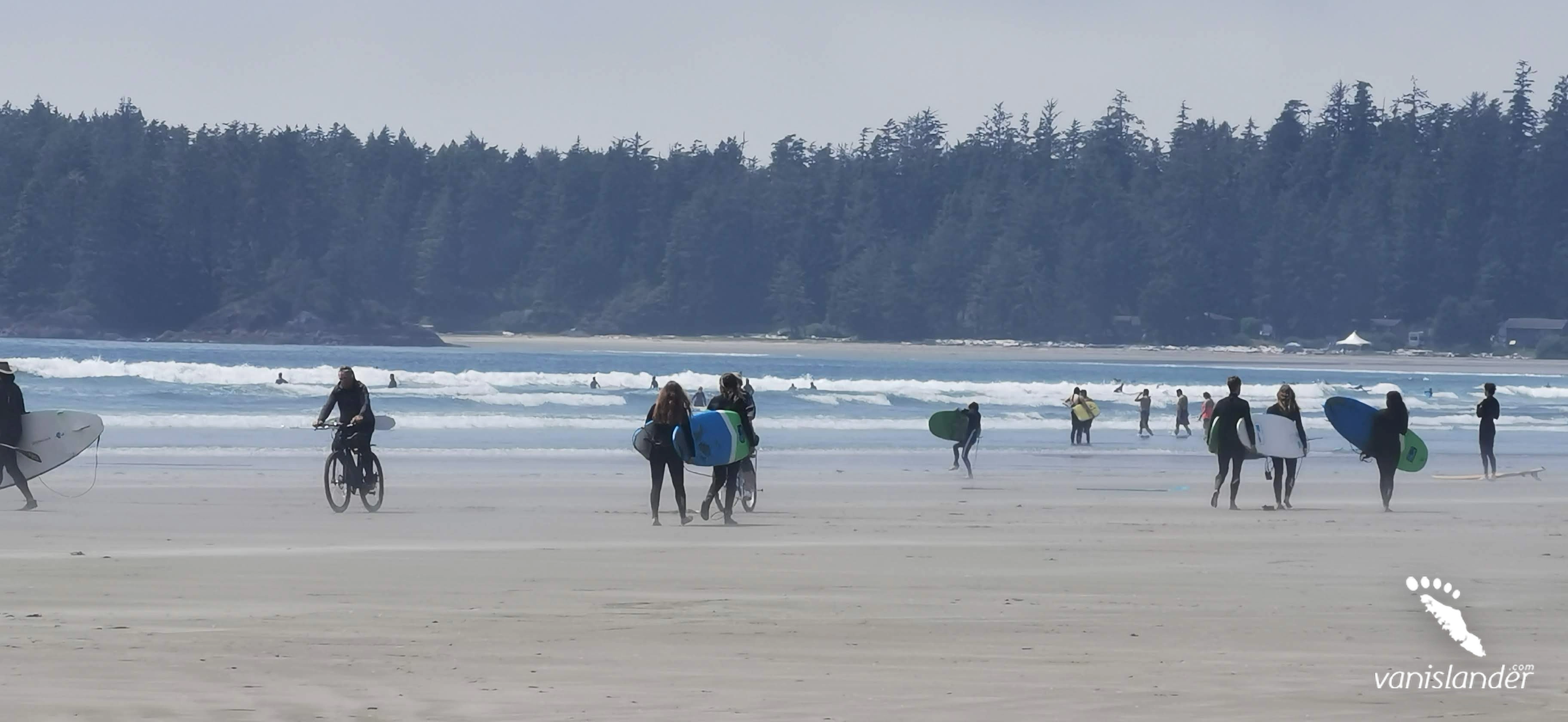
|
Month |
Weather Conditions |
Trail Accessibility |
Considerations |
|---|---|---|---|
|
May
|
Cool and wet; lingering snow at higher elevations.
|
Lower trail sections accessible; upper areas may be snow-covered.
|
Use caution; potential snowpack; check avalanche updates.
|
|
June
|
Milder temps; mix of sun and showers.
|
Most of the trail becomes accessible.
|
Snow may persist at the summit; bring layers and poles.
|
|
July
|
Warm and dry; ideal conditions.
|
Fully accessible; all routes open.
|
Peak hiking month; campsites may fill quickly.
|
|
August
|
Warm, dry, and stable conditions.
|
Fully accessible; excellent visibility.
|
Peak season; book early; best time for summit attempts.
|
|
September
|
Cooler, more frequent rain; shorter days.
|
Trail open but can become muddy/slippery.
|
Fewer crowds; prepare for rapidly changing weather.
|